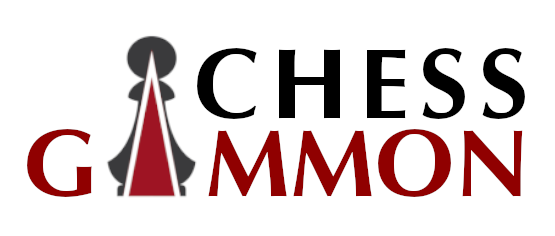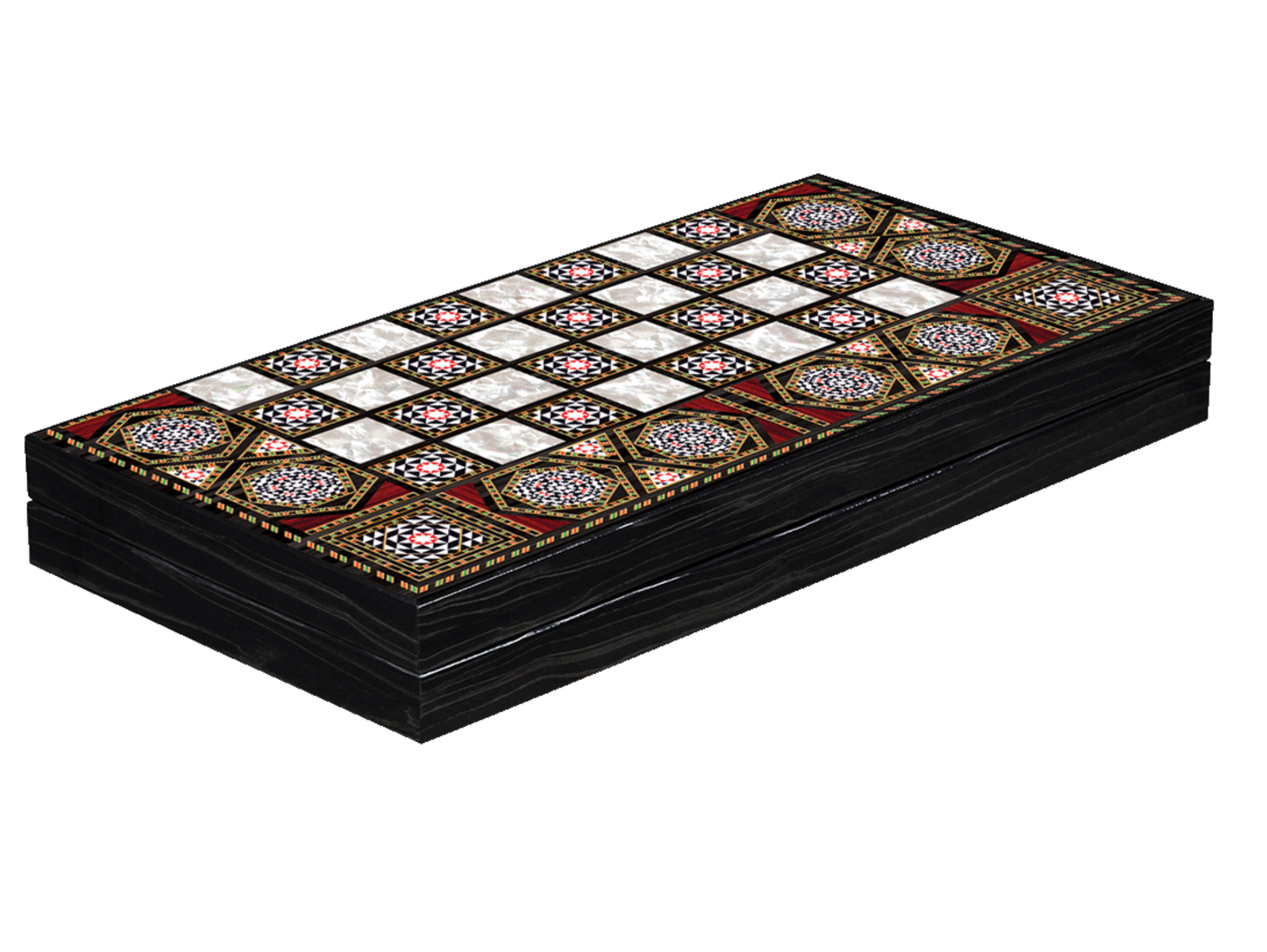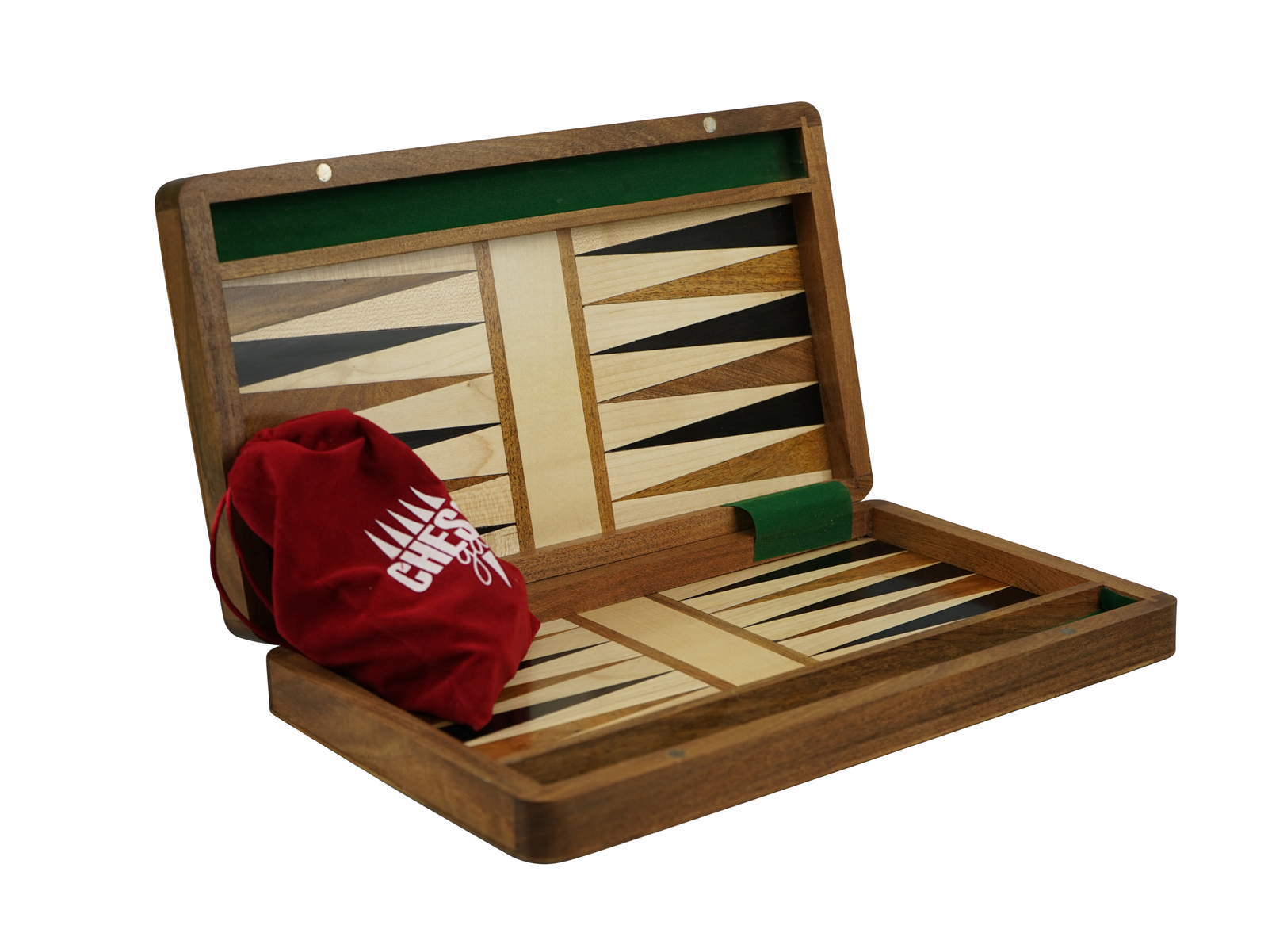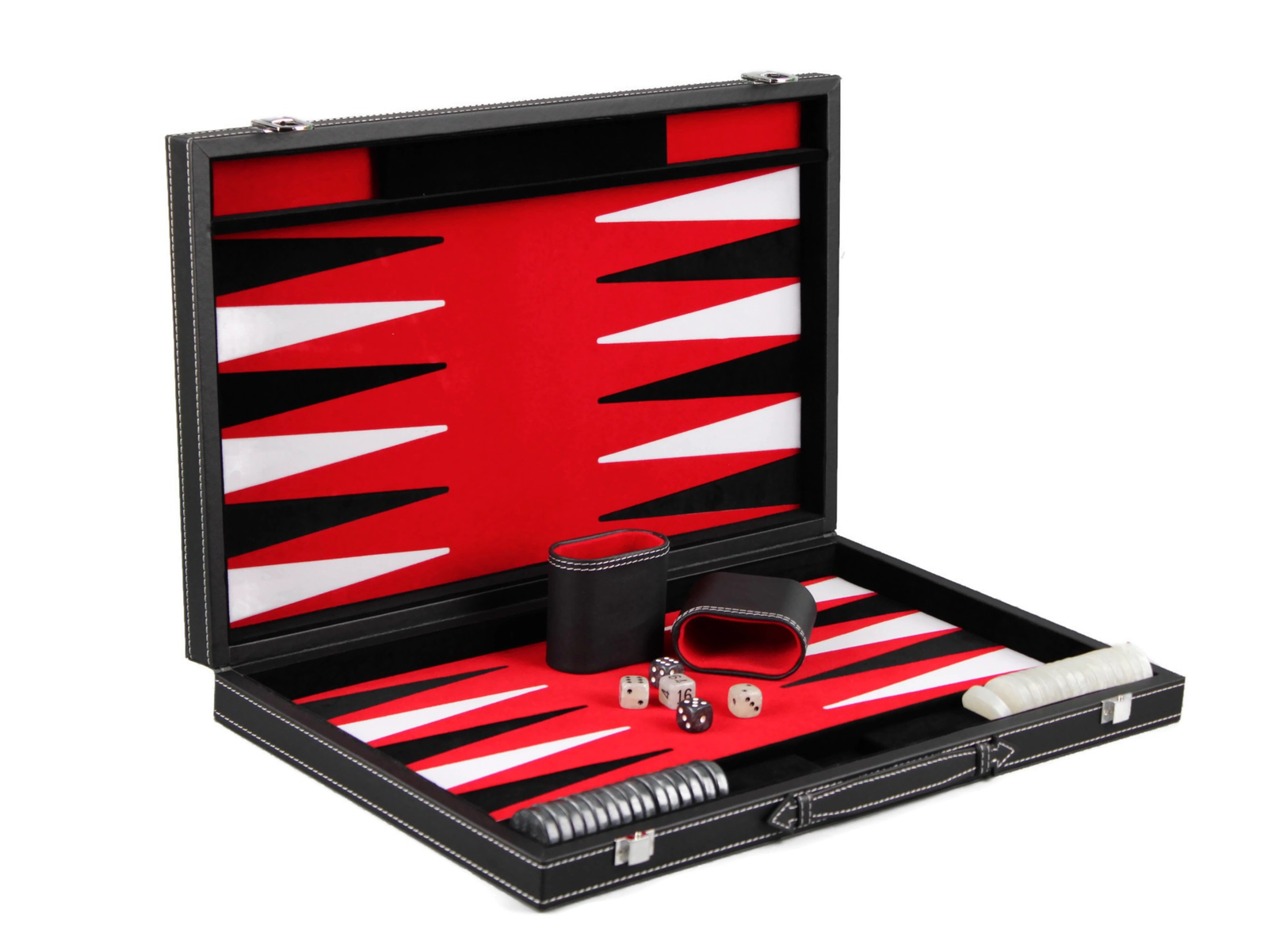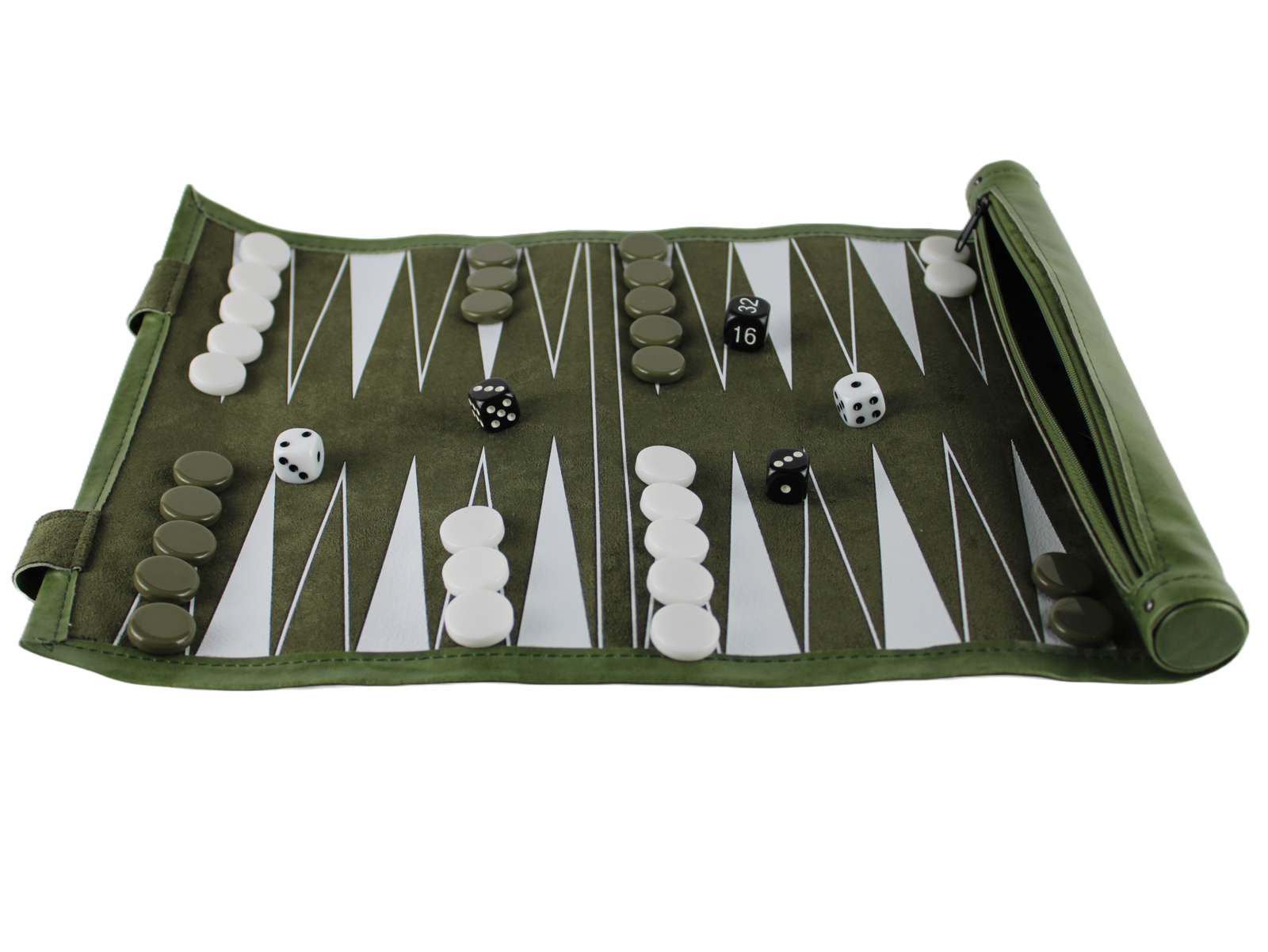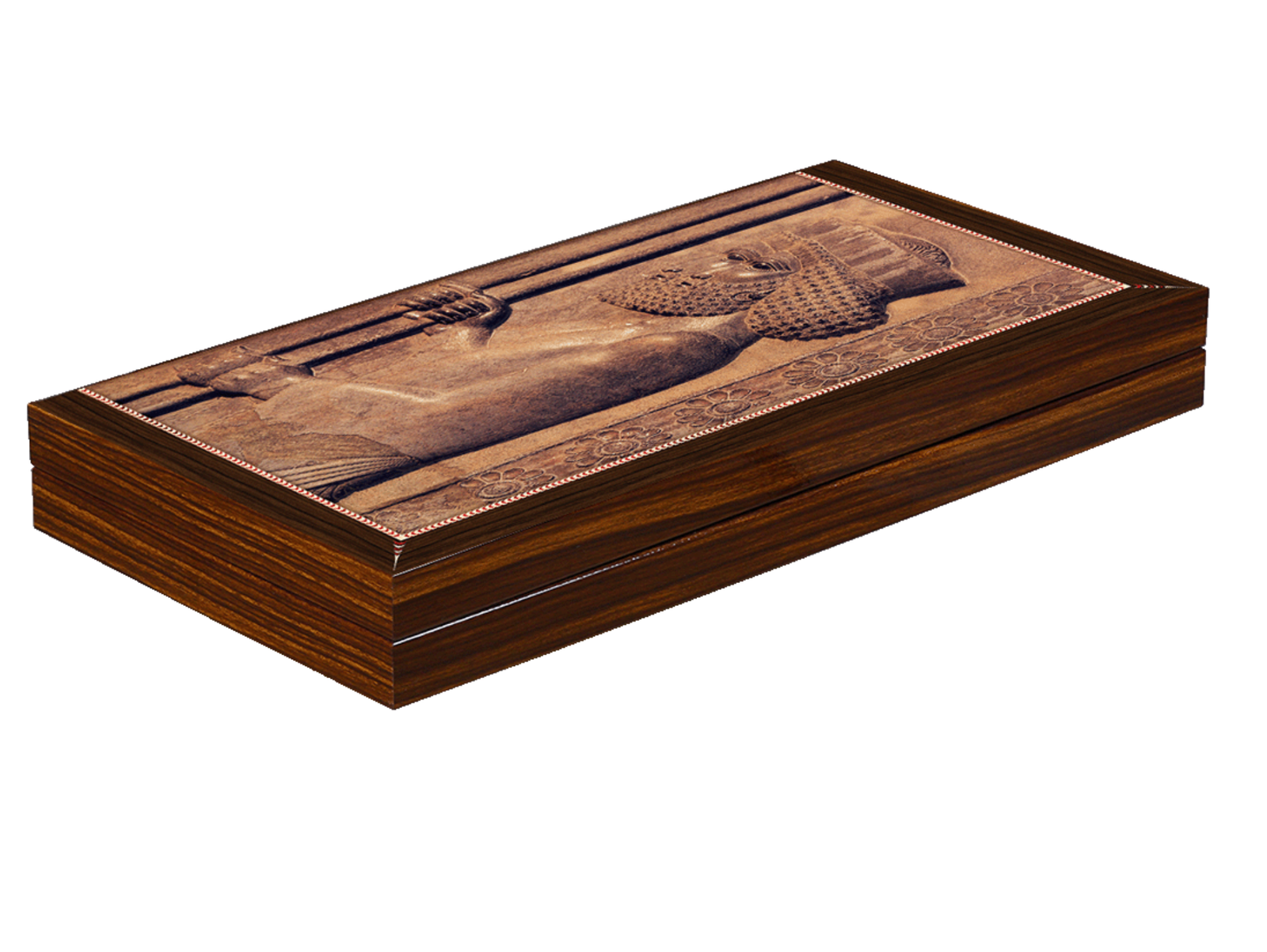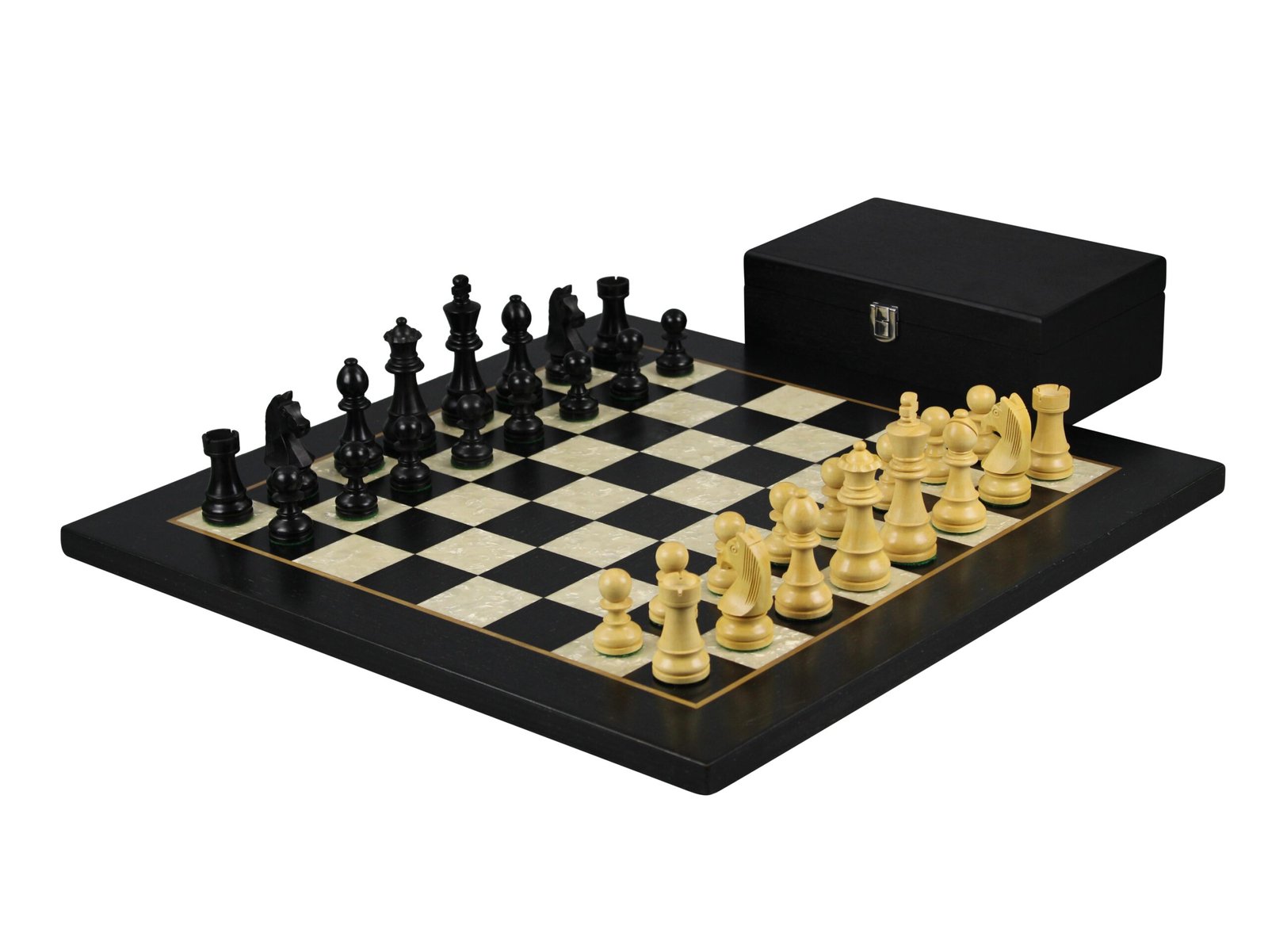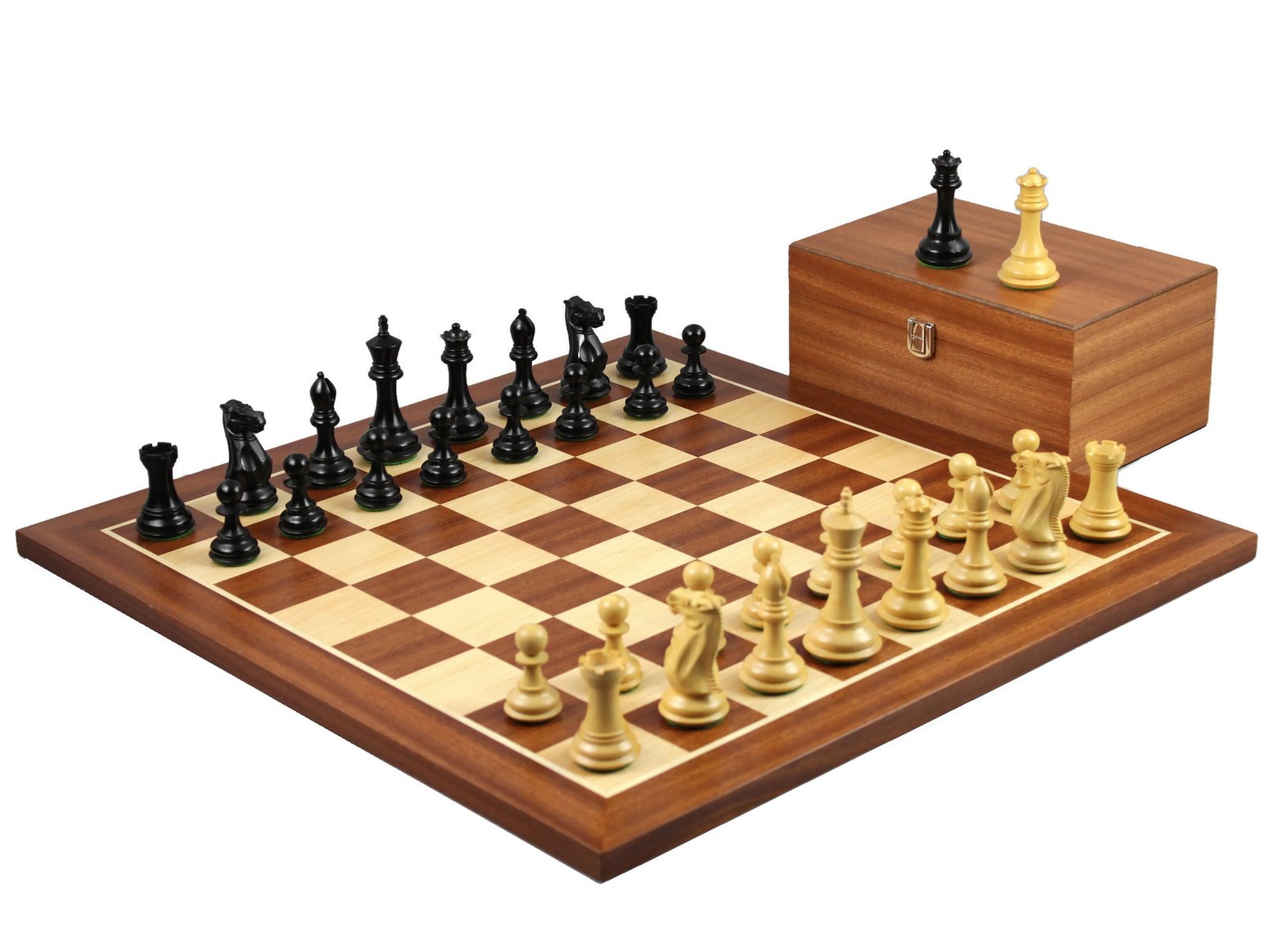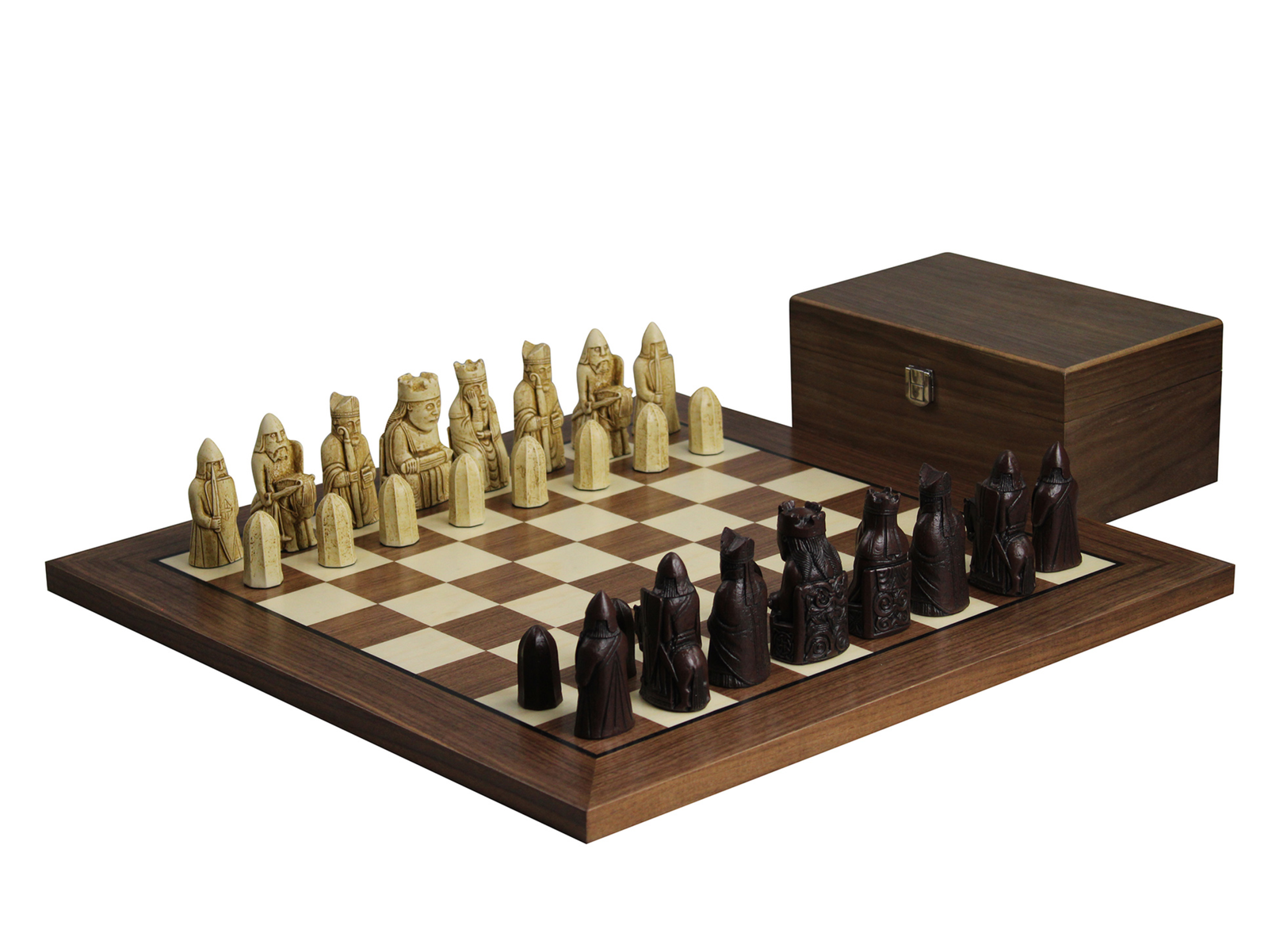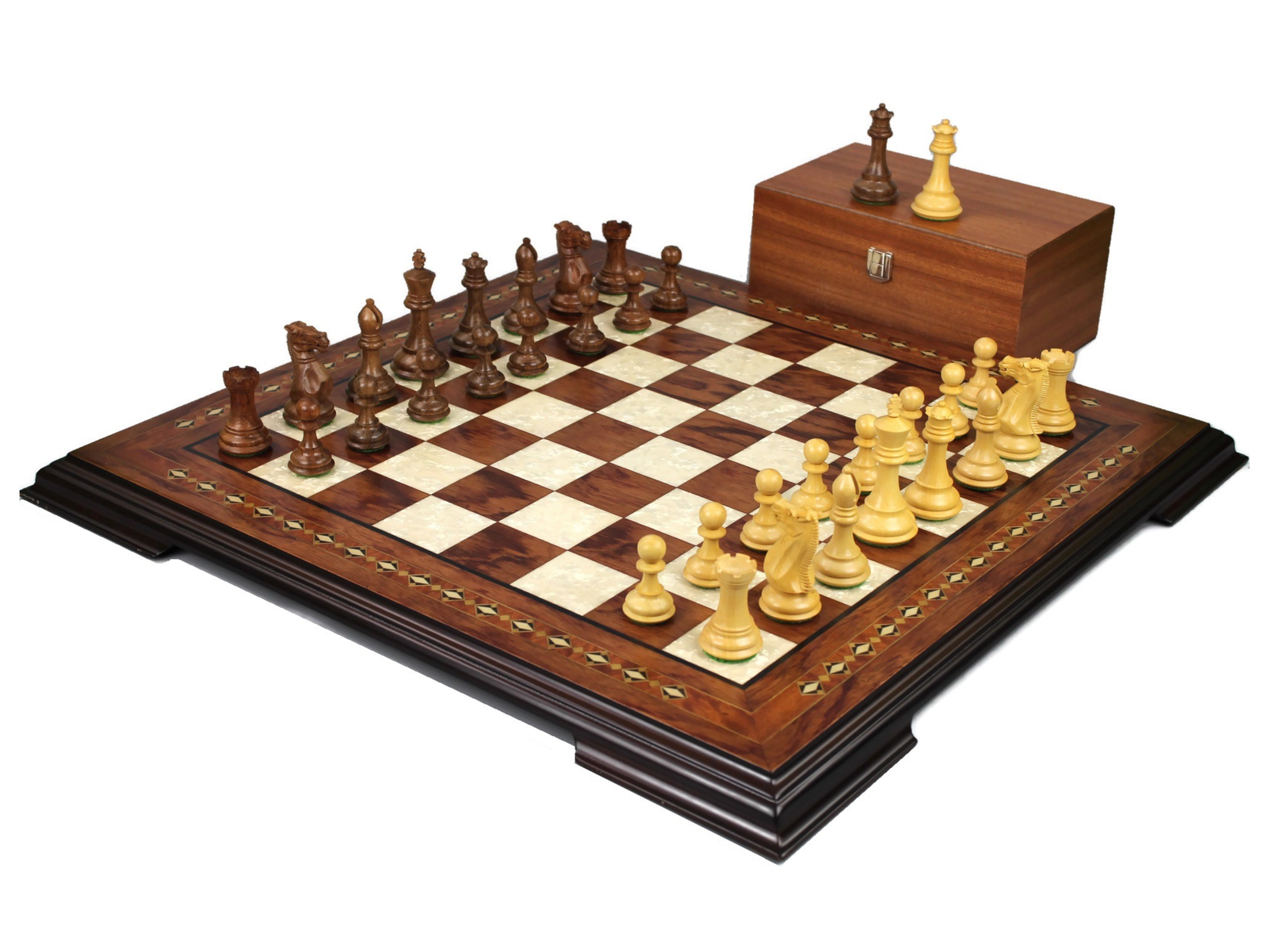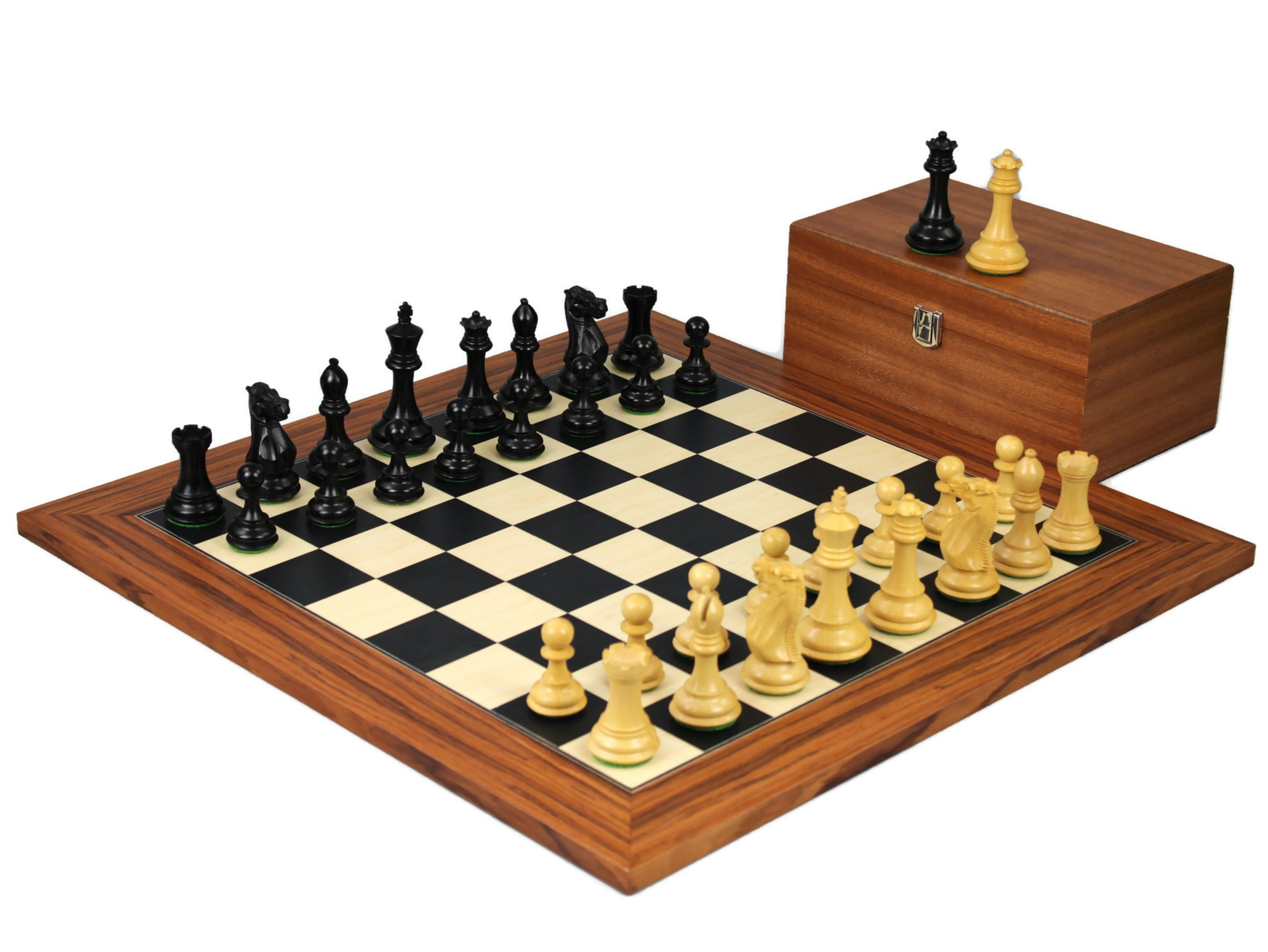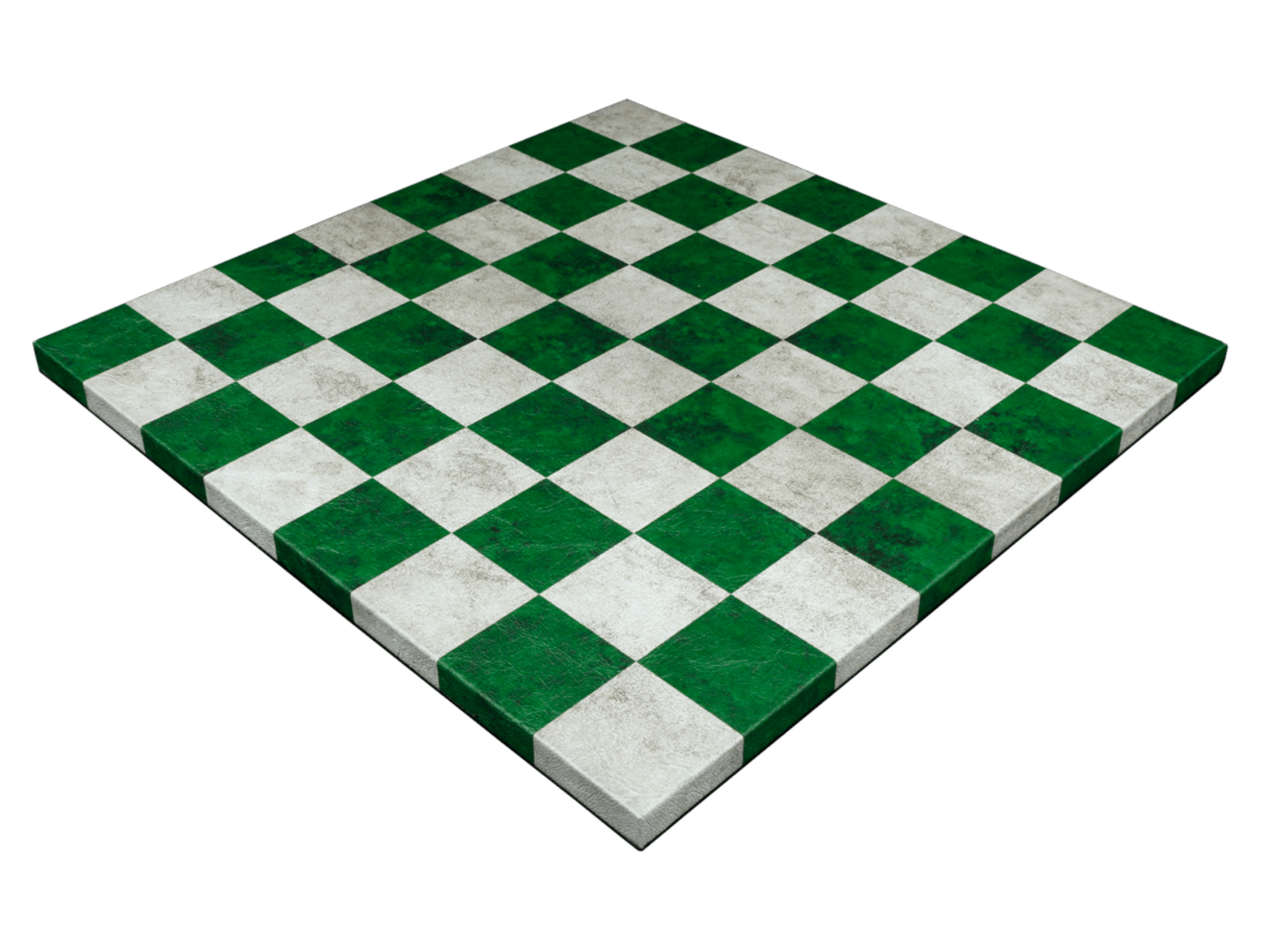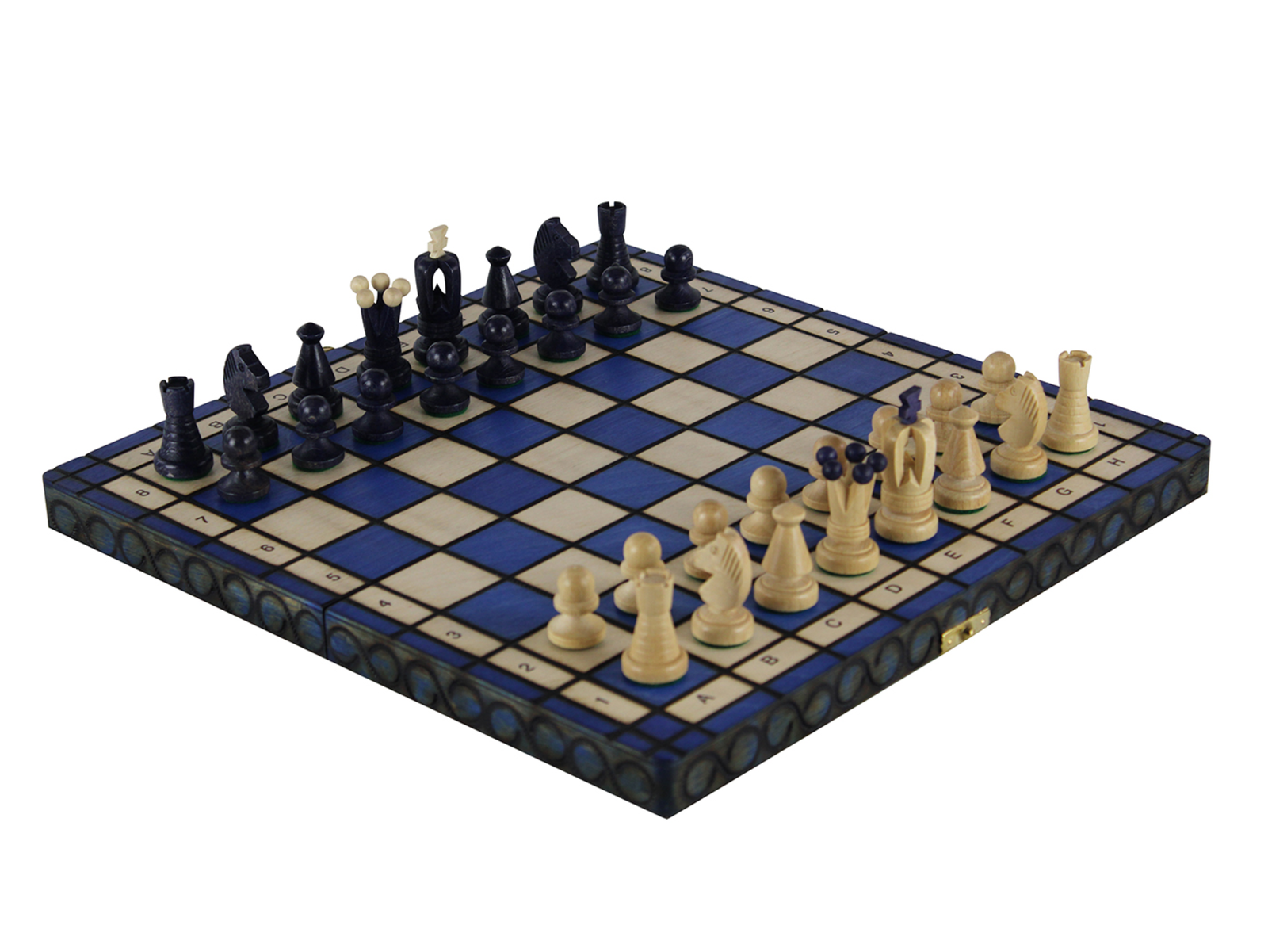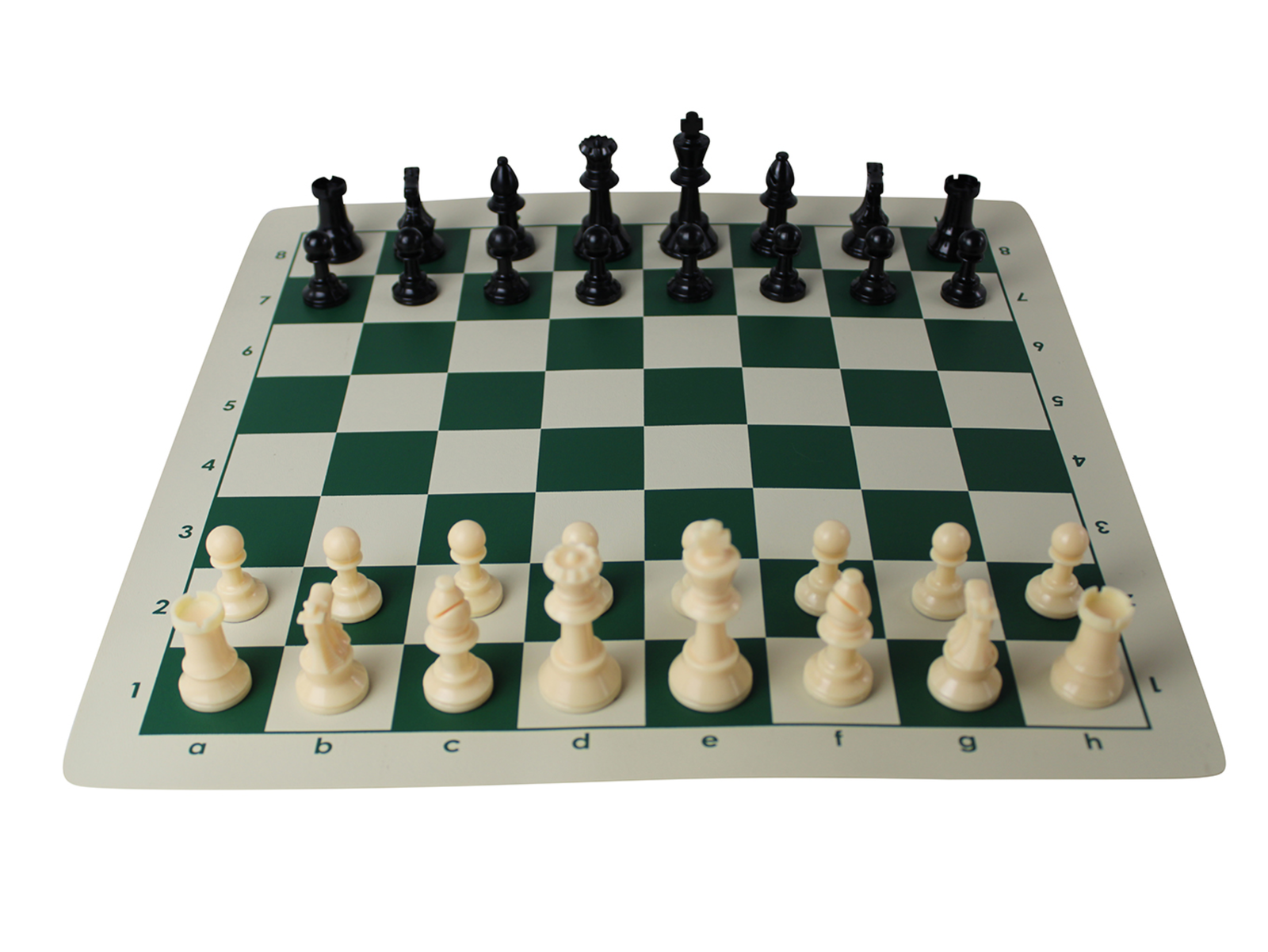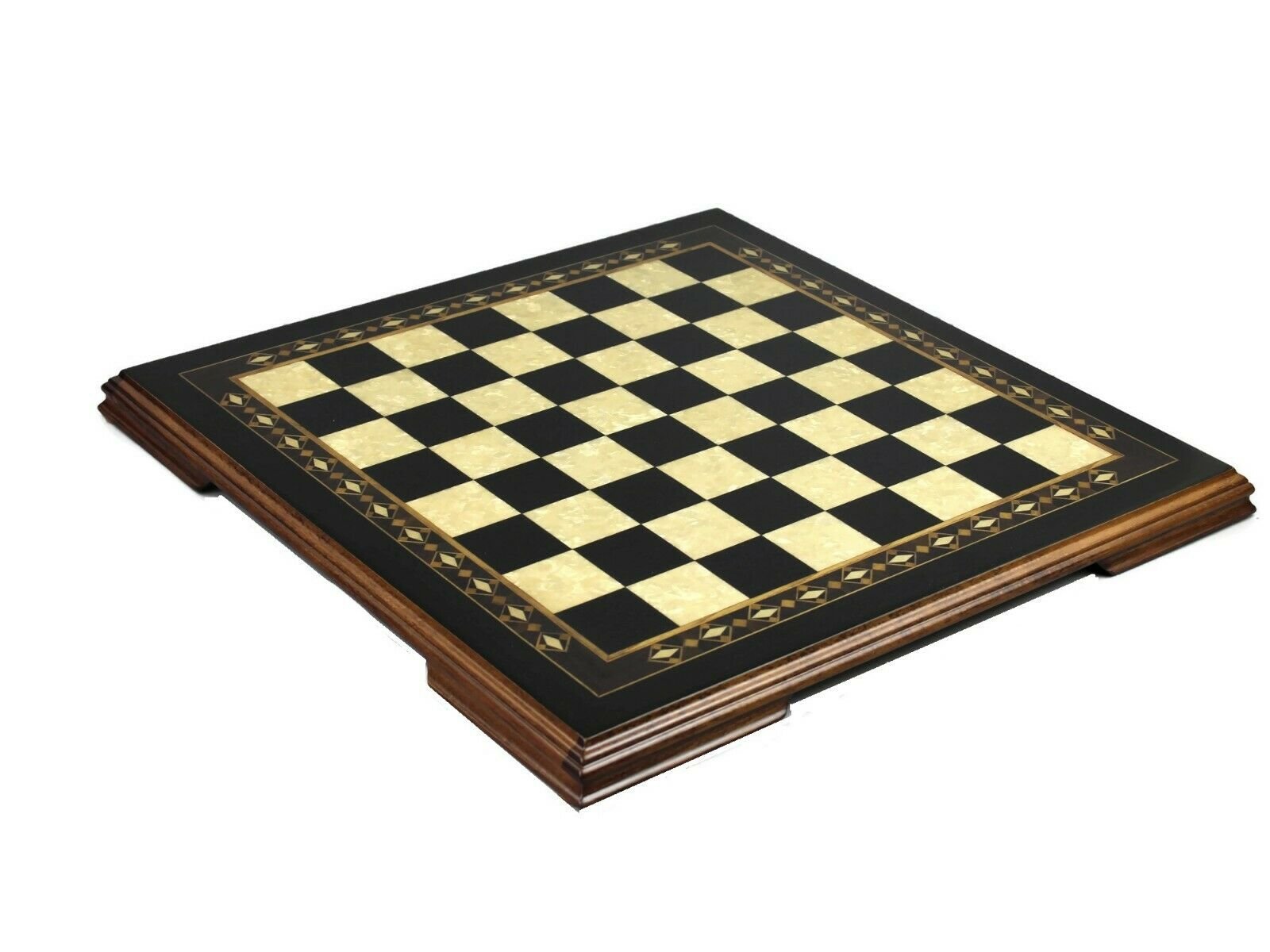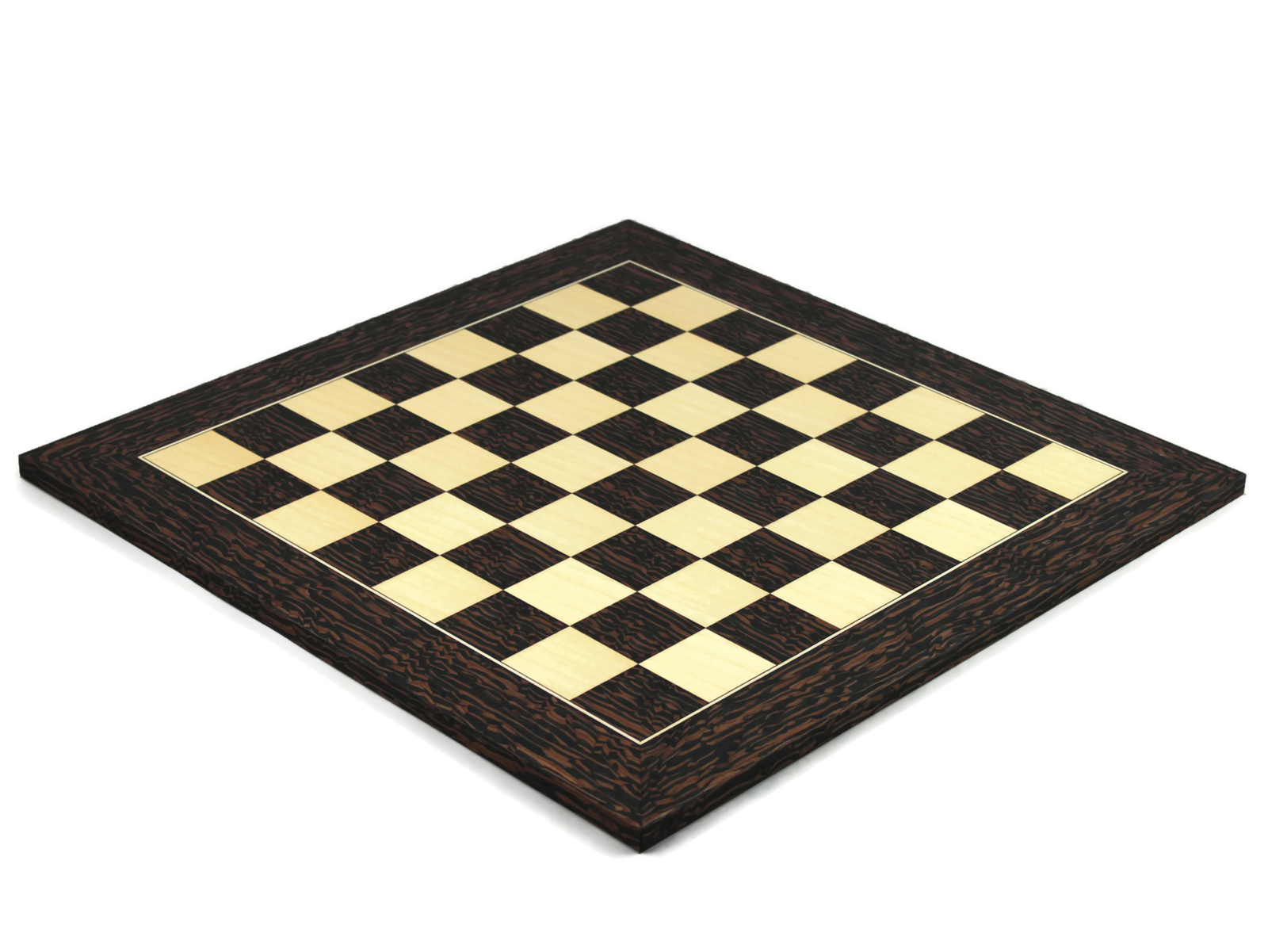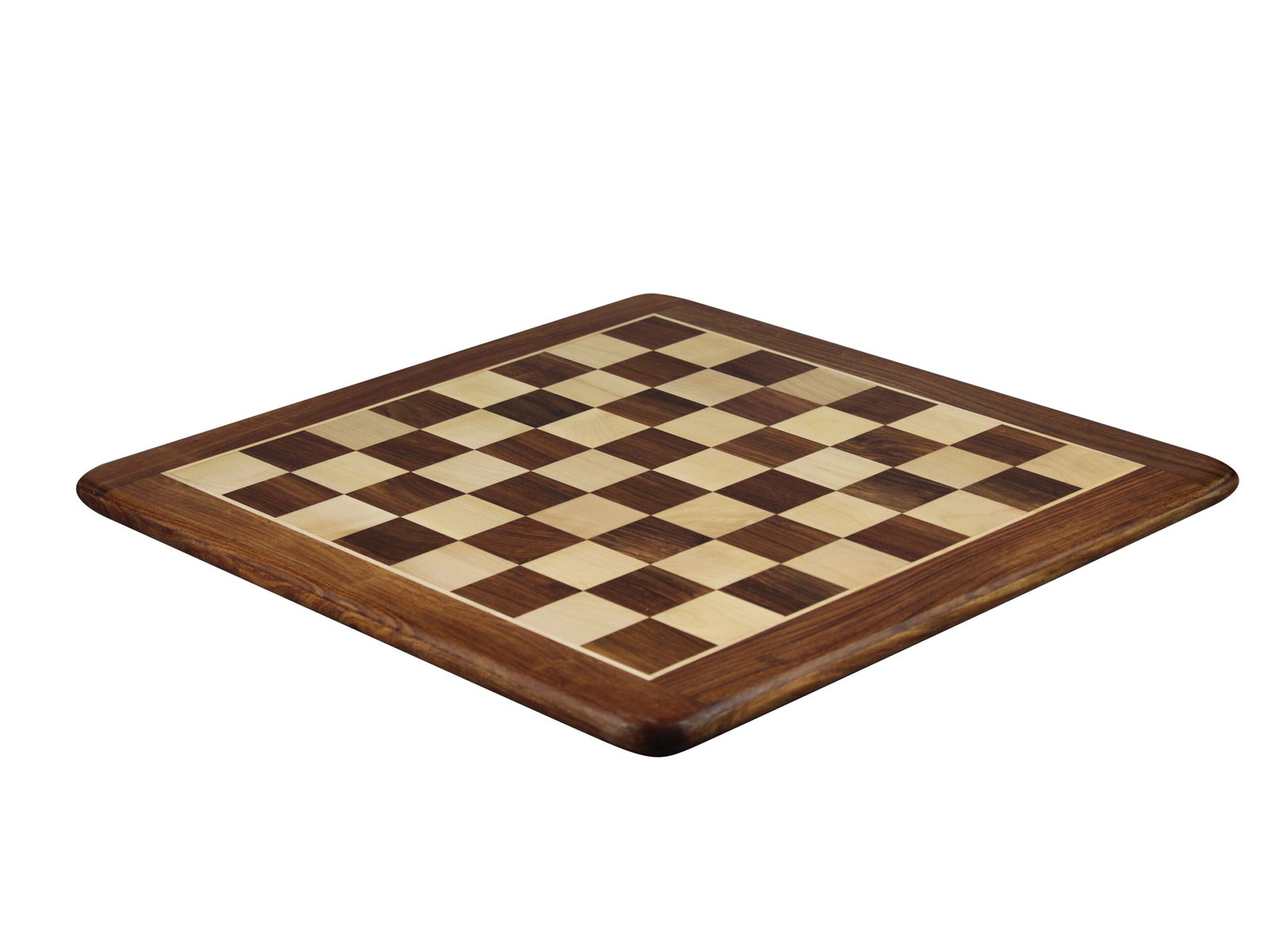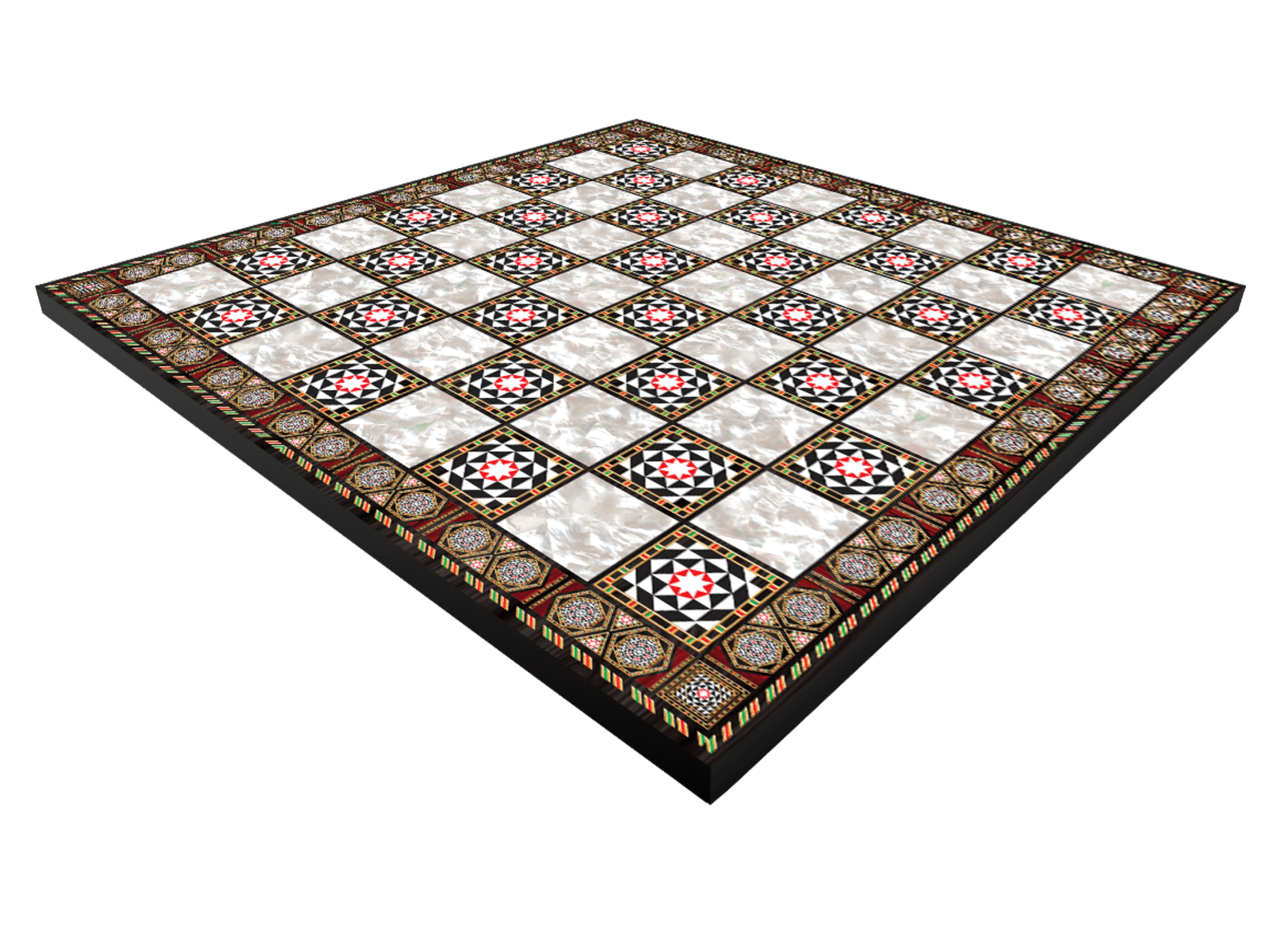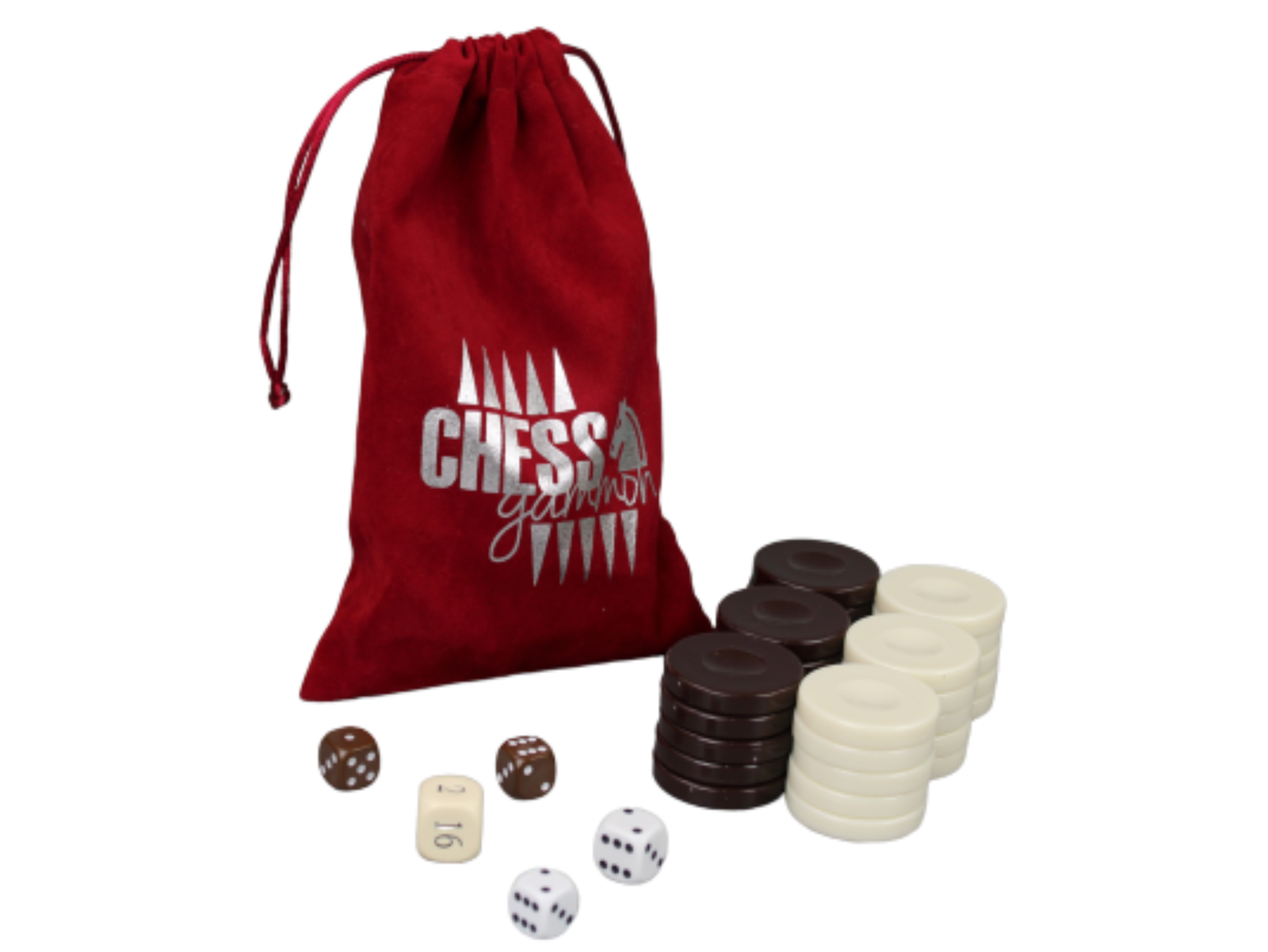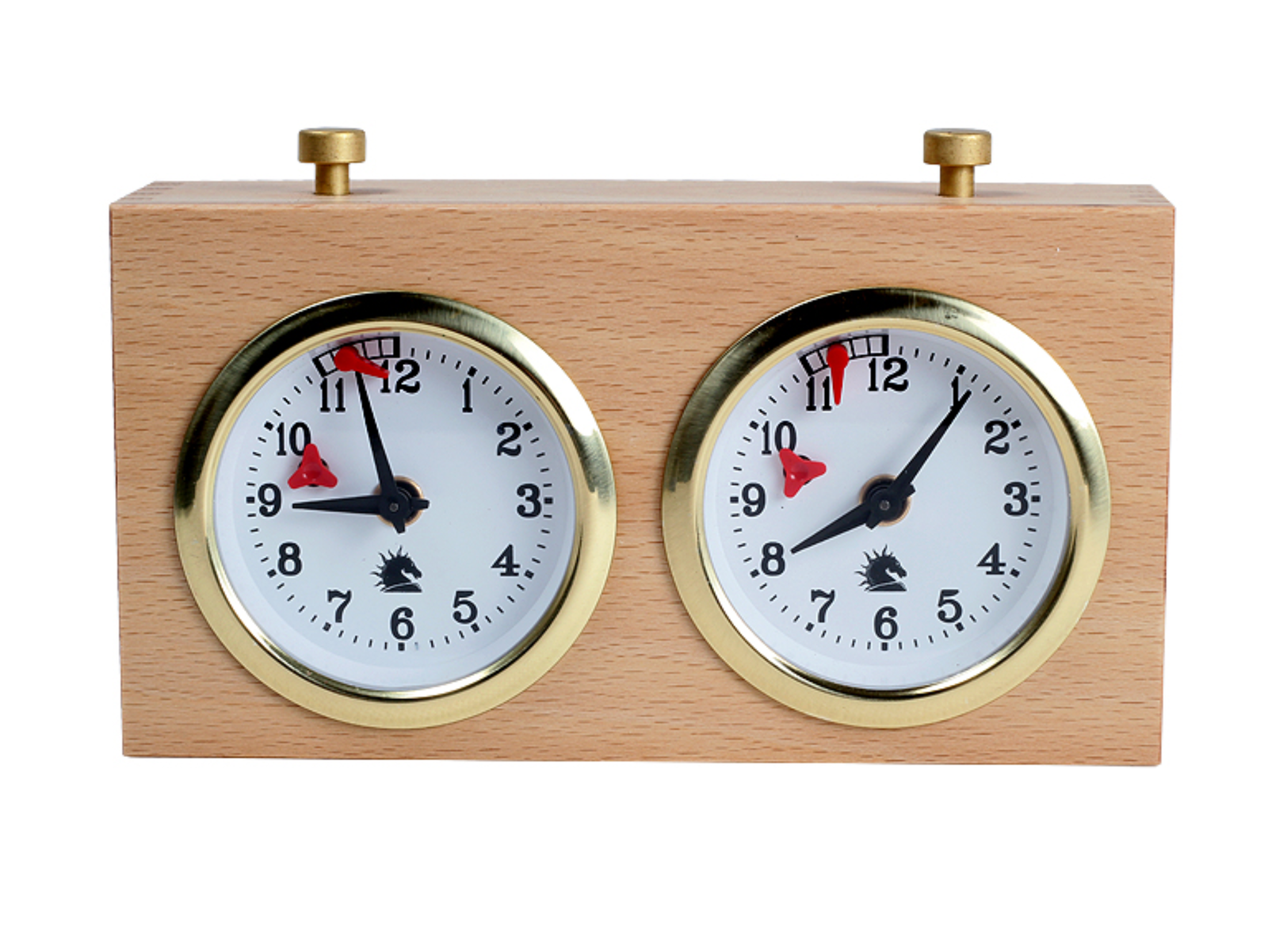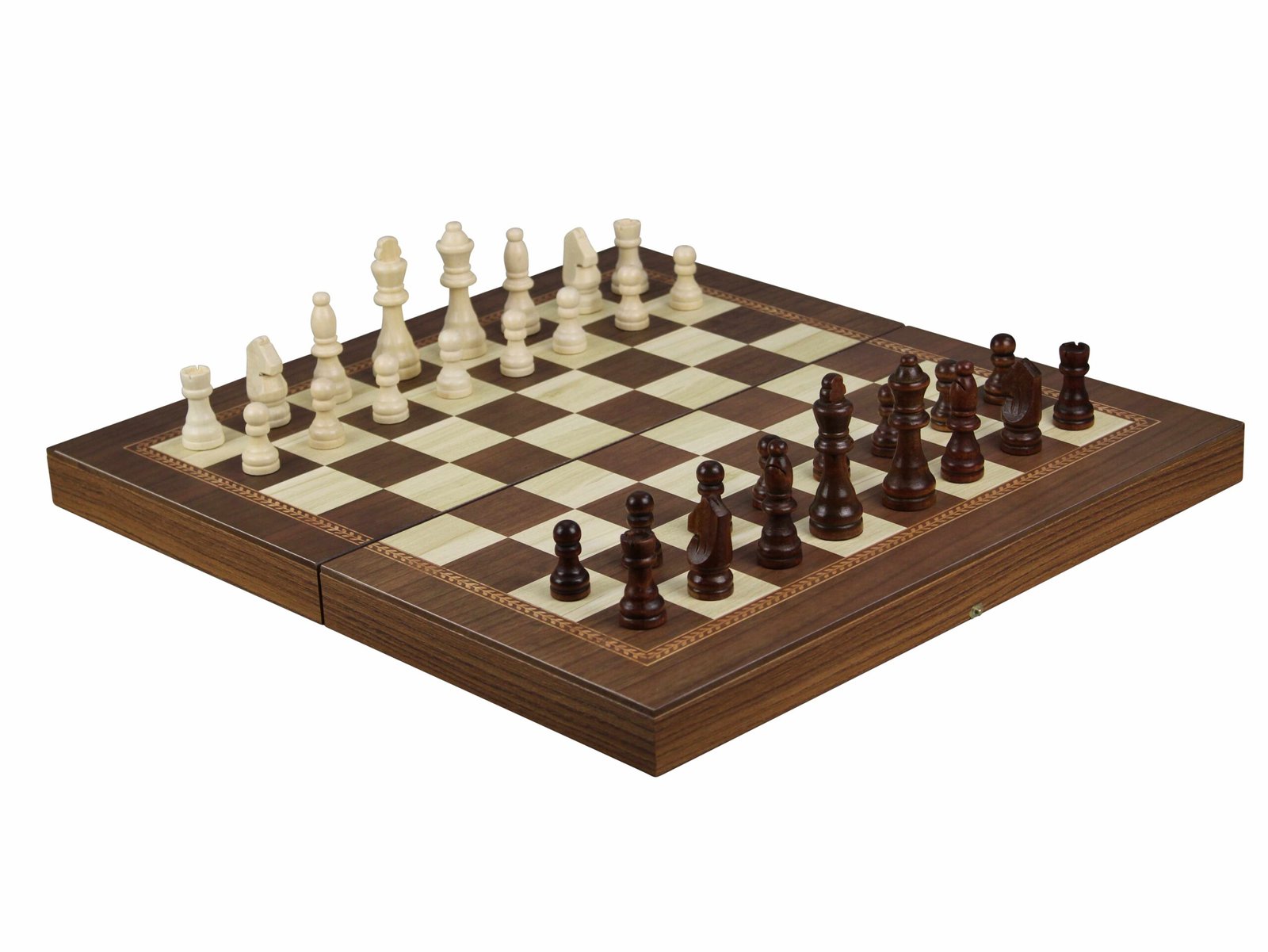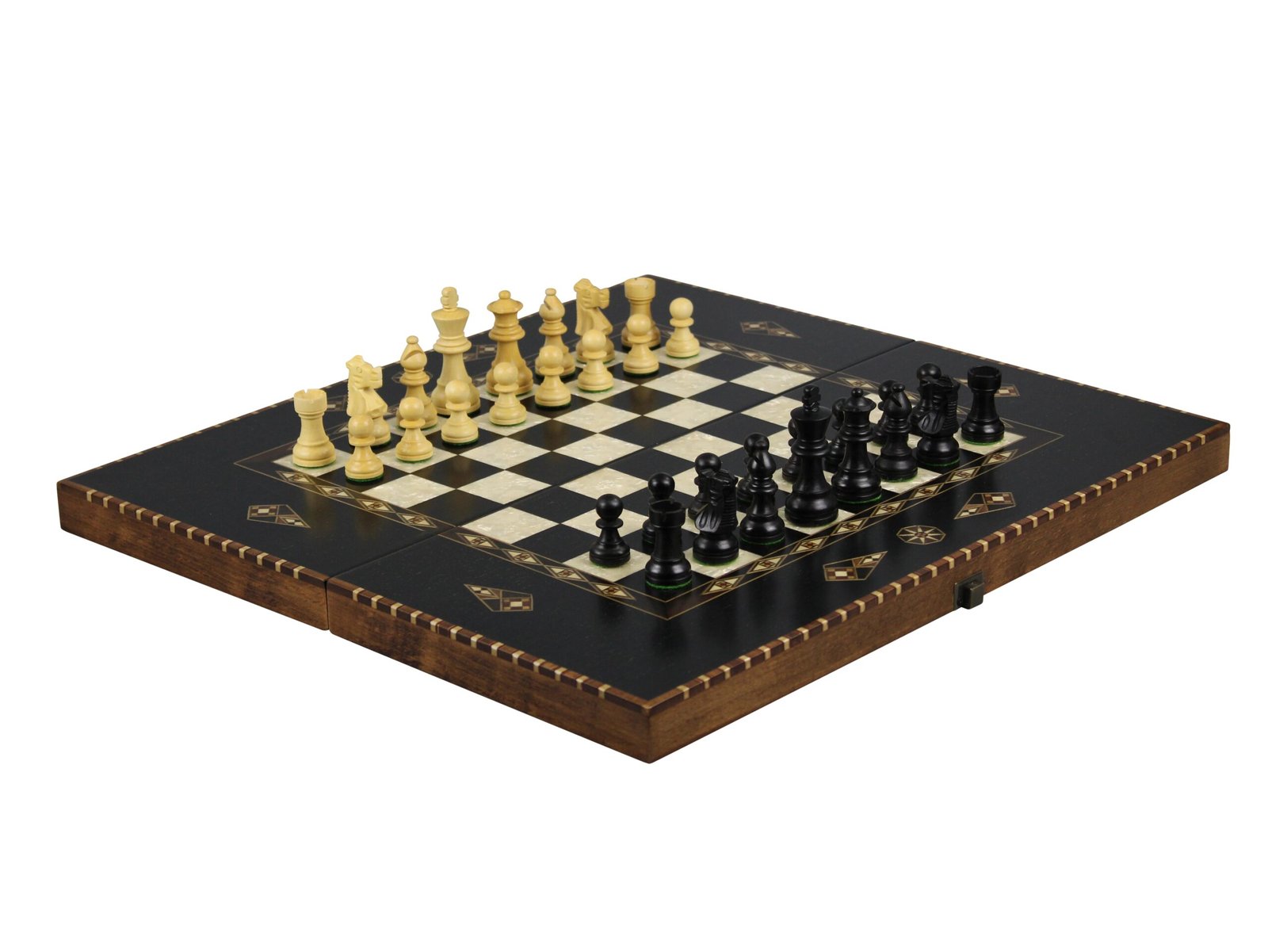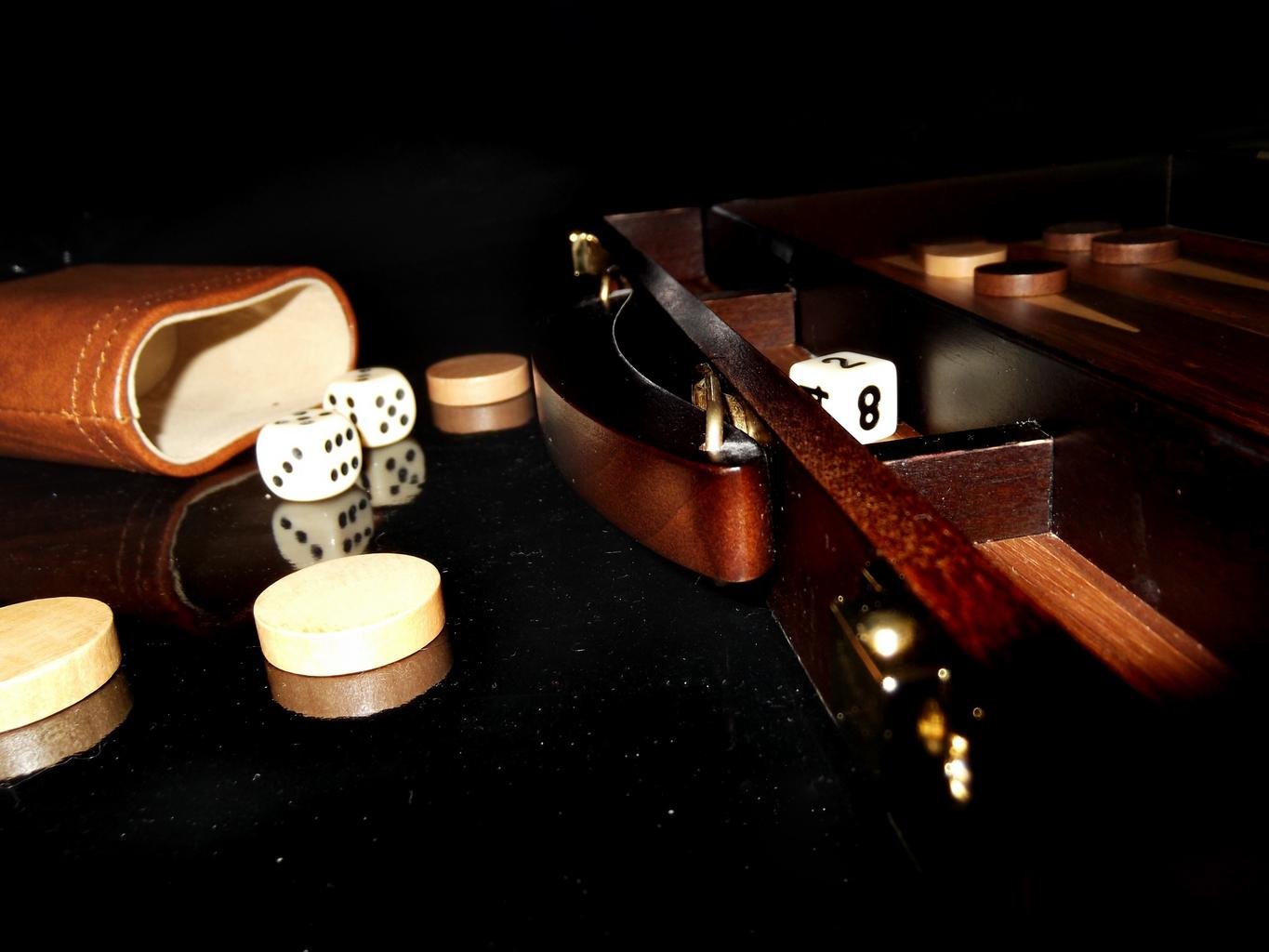Backgammon is a popular two-player board game that has been played for centuries. It is a game of skill, strategy, and luck that involves moving checkers across a board and bearing them off before your opponent. To play backgammon, you will need some specific equipment, including a backgammon board, checkers or stones, dice, dice cups, and a doubling cube. We cover here how to play backgammon?
What we will cover:
- What Equipment is Required to Play Backgammon?
- Backgammon Setup, How to Setup a Backgammon Board?
- Gameplay in Backgammon
- Moving Backgammon Checkers
- Hitting
- Bearing Off in Backgammon
- Doubling in Backgammon
- Final Tips
What Equipment is Required to Play Backgammon?
The backgammon board consists of a playing surface with 24 triangular points arranged in a mirrored fashion, with a bar dividing the two sides. Each player has 15 backgammon pieces or stones of their respective colour, which are placed on the board according to a specific starting position. The checkers are typically round and flat, and they move around the board during the game. The standard colours for the checkers are usually white and a contrasting colour such as black, red, or blue.
The game is played with two dice, which are typically six-sided and used to determine the movement of the checkers. Dice cups are used to shake and roll the dice, ensuring a fair random outcome. Hands can also be used but their can be an element of bias that may creep in. The doubling cube is a unique feature of backgammon that is used to increase the stakes of the game, and it has numbers on its faces that represent different values.
Backgammon Setup, How to Setup a Backgammon Board?


Setting up the backgammon board is an important step before starting the game. To set up the board, follow these steps:
- Place the board between the two players with the bar facing them.
- Each player arranges their 15 checkers on their side of the board according to the specific starting position, with two checkers on their 24-point, five checkers on their 13-point, three checkers on their 8-point, and five checkers on their 6-point.
- Place the doubling cube in a neutral position, usually with the number 64 facing up.
- Each player takes turns rolling one die, and the player with the higher roll goes first.
It’s important to ensure a fair and proper setup to start the game on an even playing field.


Gameplay in Backgammon


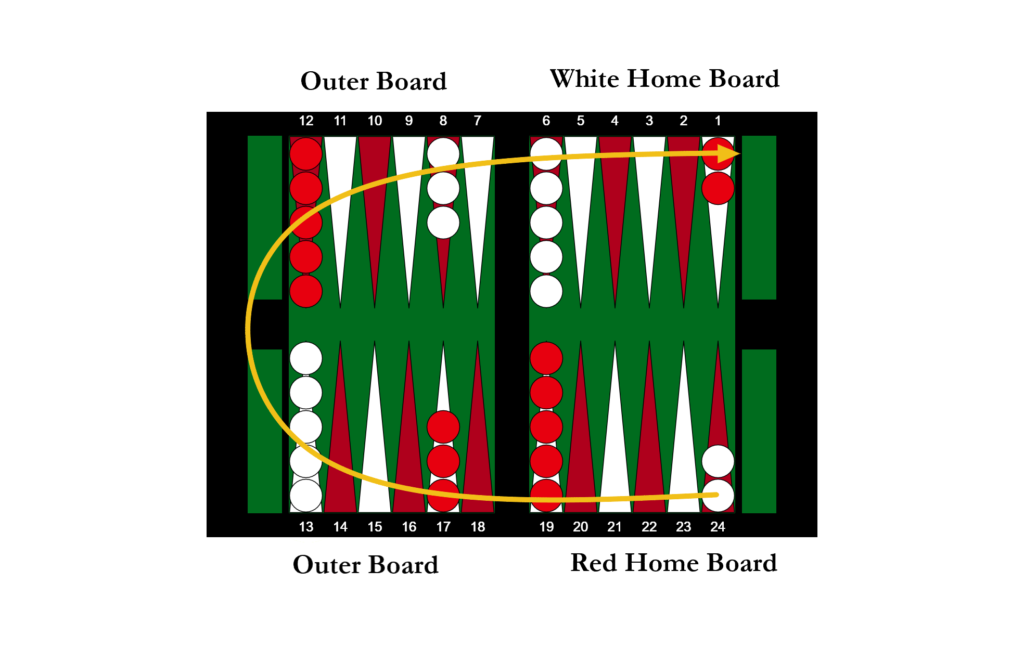

The objective of backgammon is to move all your checkers around the board and bear them off before your opponent does. The gameplay mechanics involve rolling the dice, moving the checkers based on the numbers rolled, and strategically hitting opponent’s checkers to send them to the bar.
During a player’s turn, they roll the dice and move their checkers accordingly. The numbers rolled on the dice determine how many points a player can move their checkers. For example, if a player rolls a 4 and a 2, they can move one checker four points and another checker two points, or they can move one checker six points.


The points on the board are used to move the checkers. A player can move their checkers to an open point(No checkers present), A point with your own checkers, or to a point occupied by only one of the opponent’s checkers, which is called a “blot.” When a player lands on a blot, the opponent’s checker is hit and sent to the bar, where it must re-enter the board before the opponent can continue moving their other checkers.
Points are an important concept in backgammon, as they determine the strategy and tactics of the game. Players need to consider the positioning of their checkers on the board, the potential to hit their opponent’s checkers, and the risk of being hit themselves.
Moving Backgammon Checkers
Backgammon checkers move in a specific manner on the board based on the roll of the dice. Each player has 15 checkers of their own colour, and they move them in a clockwise direction around the board. The number rolled on the dice determines the number of points a checker can move. For example, if a player rolls a 4 and a 2, they can move one checker 4 points and another checker 2 points, or they can move one checker a total of 6 points. The player can choose to move one checker by the sum of the two dice or move two separate checkers.
Strategies for moving the checkers effectively include considering the position of the opponent’s checkers, creating a blockade to prevent them from moving, and making optimal use of the dice rolls to advance the checkers towards the player’s home board. Players need to carefully evaluate different scenarios and choose moves that maximize their chances of gaining an advantage in the game.
How Doubles Work?


Doubles are a unique and exciting aspect of backgammon that can drastically change the course of the game. When both dice show the same number, it is called a “double.” Doubles are powerful because they allow a player to make multiple moves with the same number, which can create new opportunities and challenges on the board.
When a player rolls doubles, they can make four moves using the same number on both dice. For example, if a player rolls double sixes, they can move one checker six points four times, or they can move four separate checkers six points each. This flexibility gives players more options and can lead to unexpected developments in the game.
Hitting


Hitting is a unique aspect of backgammon where a player can land on a point occupied by a single opponent’s checker(blot). When this happens, the opponent’s checker is hit and sent to the bar, which is a raised strip in the middle of the board. The opponent must then re-enter the checker from the bar before they can continue moving other checkers.
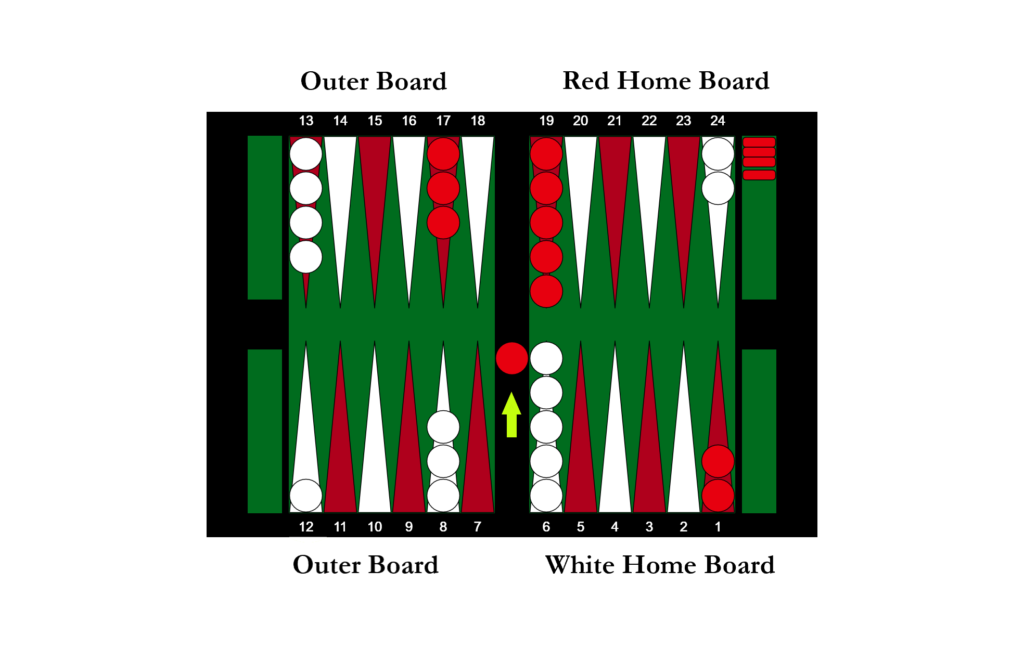

To hit an opponent’s checker, a player must move their checker to a point that is occupied by a single opponent’s checker. This can be a strategic move to disrupt the opponent’s progress and delay their advancement. However, hitting also has strategic implications as it leaves the player’s checker exposed to being hit in return. Prioritizing hitting should depend on the overall game situation, including the position of the checkers, the player’s and opponent’s home board, and the state of the game.


Bearing Off in Backgammon


Bearing off is the process of moving the checkers off the board and onto the home board to ultimately remove them from the game. Once a player has moved all their checkers to their home board, they can start bearing them off. The checkers are borne off according to the numbers rolled on the dice, starting from the farthest point from the home board.




Efficiently bearing off requires careful management of the checkers on the board, timing the moves to ensure that the checkers are moved off the board as quickly as possible, and utilizing the numbers rolled on the dice effectively. Players need to consider the position of their checkers, the opponent’s checkers, and the probability of rolling specific numbers to make optimal bearing off decisions.


The player does not have to bear off if a legal move can be made. However, if the dice rolled gives a higher number than that checkers are position, the player must remove the checker from the highest point
Doubling in Backgammon


The doubling cube is a unique feature of backgammon that allows players to increase the stakes of the game. It starts with a value of 1 and can be doubled by either player during the game. If a player accepts a double, the game continues with the stakes doubled. If a player refuses a double, they forfeit the game at the current stakes.
Knowing when and how to offer a double or accept/refuse a double is a strategic consideration in backgammon. Players may offer a double when they feel they have an advantage in the game and want to increase the stakes. Conversely, players may accept a double if they believe they have a good chance of winning at the current stakes or refuse a double if they feel the stakes are too high and they may lose. The doubling cube adds an element of strategy and risk management to the game.
Gammon & Backgammon
- Gammon: A gammon occurs when a player bears off all of their checkers from the board before their opponent has borne off any checkers, and the opponent still has at least one checker on the bar or in the winner’s home board. Winning a gammon is considered a higher-scoring victory, and in most scoring systems, it is worth double the usual point value for the game. For example, if the usual point value for a win is 1, winning a gammon would be worth 2 points.
- Backgammon: A backgammon occurs when a player bears off all of their checkers from the board before their opponent has borne off any checkers, and the opponent not only has at least one checker on the bar or in the winner’s home board but also has one or more checkers still in the loser’s home board. Winning a backgammon is considered an even higher-scoring victory, and in most scoring systems, it is worth triple the usual point value for the game. For example, if the usual point value for a win is 1, winning a backgammon would be worth 3 points.
Backgammon at Chessgammon
We at Chessgammon stock an amazing range of high quality wooden and leather backgammon sets available on hand to be dispatched at any moment from our warehouse in Leicester, UK. Free free to take a look by clicking here
Final Tips: How to Play Backgammon?
1.Build Points: Building points on the board can create a barrier for your opponent and disrupt their movement. By establishing a solid point, you can limit your opponent’s options and force them to make suboptimal moves.
2.Hit Opponent’s Checkers: Hitting your opponent’s checkers sends them to the bar and delays their progress. This can disrupt their game plan and give you an opportunity to catch up or pull ahead. Be strategic in your hitting moves, considering the board position, the potential risks and rewards, and the timing of hitting.
3.Block: Blocking your opponent’s checkers can be an effective tactic to slow down their progress. By placing checkers strategically to block their path, you can force them to waste moves or take longer routes, giving you an advantage in the race to bear off your checkers.
4.Bear Off Efficiently: Timing your bearing off process can be crucial in backgammon. Aim to bear off your checkers as quickly and efficiently as possible, while minimizing any potential risks of leaving blots or open points. Properly managing your checkers and utilizing your rolls effectively can help you gain an edge in the game.
5.Manage the Bar: If your checkers are hit and sent to the bar, be mindful of how to effectively re-enter them into the game. Consider the timing and placement of your re-entries to maximize their impact and minimize risks of getting hit again.
6.Consider the Doubling Cube: The doubling cube is a unique feature of backgammon that can significantly impact the stakes of the game. Use it strategically to your advantage, whether it’s by offering a double to put pressure on your opponent or by carefully considering when to accept or refuse a double.
7.Think Ahead: Backgammon requires foresight and planning. Always consider the potential outcomes and consequences of your moves several moves ahead. Anticipate your opponent’s moves and adjust your strategy accordingly to gain an edge in the game.
8.Calculate Probabilities: Backgammon involves an element of luck with the roll of dice. Familiarize yourself with the probabilities of different dice combinations and use this knowledge to make informed decisions. Consider the likelihood of certain rolls and plan your moves accordingly.
9.Pay Attention to Timing: Timing can be crucial in backgammon. Be mindful of the timing of your moves, including when to make aggressive moves, when to play defensively, and when to prioritize bearing off. Proper timing can give you an advantage in the game.
10.Stay Flexible: Backgammon is a dynamic game with changing board positions. Be adaptable and willing to adjust your strategy as the game progresses. Don’t be afraid to change your plans if the situation requires it.
Special Rules:
Crawford Game, Jacoby Rule and Beaver Rule, we will cover these across other articles along with the history of backgammon.
Credits: Bglog
